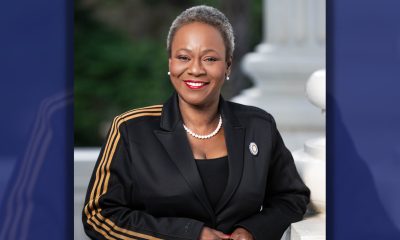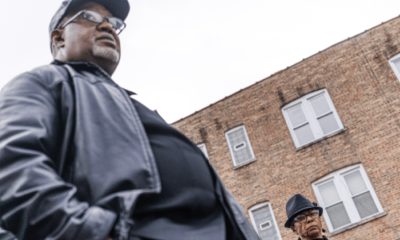Crime
What You Need to Know About California’s New Sexual Assault Laws
Watching your tax dollars, elected officials and legislation that affects you.

Before the October 10 deadline to sign or veto bills passed by the Legislature, California Gov. Gavin Newsom signed several sexual assault bills into law.
They include Assembly Bill (AB) 453, AB 1171, AB 939 and Senate Bill (SB) 215.
AB 453, authored by Assemblymember Cristina Garcia (D- Bell Gardens), makes the act of non-consensually removing a condom, also known as “stealthing,” illegal.
Under this new law, stealthing would be considered a form of sexual battery. However, it does not criminalize it.
“We have stepped up in a major way in California & I hope other state legislatures follow suit,” tweeted Garcia. “But more importantly, I hope people will build on this & continue engaging in discussion around the continuum of consent.”
The governor’s office tweeted about the bill’s passing and what kind of legal actions can be taken given that it is still not technically a criminal act.
“With @AsmGarcia’s #AB453 signed, victims of stealthing will be able to take civil action against their perpetrators. By passing this bill, we are underlining the importance of consent,” read the tweet.
AB 1171, also authored by Garcia, will remove the distinction between rape and “spousal rape” in California law.
Before AB 1171 was signed into law, California was one of only nine states that still included the distinction between rape and spousal rape.
“Rape is Rape, & this bill makes it clear that a marriage license doesn’t change that. No more asking victims if they are married or not. TY to all the advocates who worked on getting this bill to @CAgovernor & pushing to get it signed,” Garcia tweeted.
SB 215, co-authored by Sen. Connie Leyva (D-Chino), will allow survivors of sexual assault to track and receive information regarding their sexual assault evidence kit.
Tracking will take place through a new online portal that allows survivors to access the SAFE-T database.
“As the author of SB 215, I am so proud that we are once again prioritizing and empowering rape survivors by making sure that they able to easily and privately find out where their rape kit is in the process,” Leyva said.
“A rape kit exam is invasive and retraumatizing, so survivors should absolutely be able to track their rape kit every step of the way. I would like to thank our amazing coalition of sponsors—District Attorney Nancy O’Malley, Joyful Heart Foundation and Natasha’s Justice Project—and supporters for testifying, Tweeting, writing and speaking out about the critical need for this legislation. With today’s signature by Governor Newsom, SB 215 will help to empower survivors, hold rapists accountable and strengthen public safety across California,” she continued.
AB 939 bans a survivor’s clothing from being used as evidence of consent in a sexual assault case.
The bill, also known as the Denim Day Act of 2021, is named for a day recognized during Sexual Assault Awareness Month in April. Denim Day focuses on amplifying the message that manner of dress does not equate to consent.
“I want to thank my legislative colleagues for their support on this important measure. AB 939 makes it clear that an outfit never provides consent, ever. To even consider whether a survivor’s manner of dress should be admitted as evidence of consent wrongly scrutinizes the actions of the survivor, instead of placing that scrutiny where it truly belongs — on the actions of the perpetrator,” said Assemblymember Sabrina Cervantes (D-Corona).
“Sexual assault is the most underreported and under-prosecuted type of crime. We must ensure that survivors are not subjected to a justice system that re-victimizes and re-traumatizes them and that our justice system protects them when they seek justice,” she added.
Alameda County
DA Pamela Price Stands by Mom Who Lost Son to Gun Violence in Oakland
Last week, The Post published a photo showing Alameda County District Attorney Pamela Price with Carol Jones, whose son, Patrick DeMarco Scott, was gunned down by an unknown assailant in 2018.
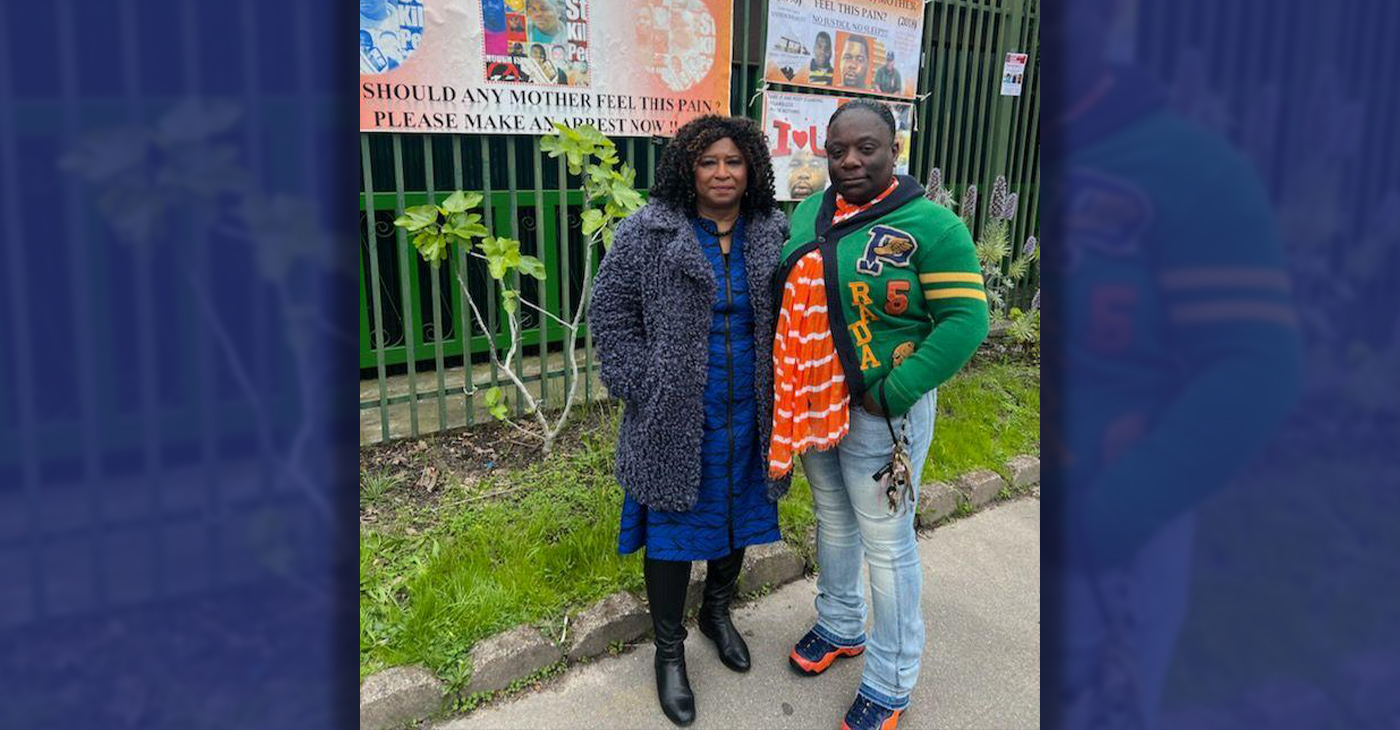
Publisher’s note: Last week, The Post published a photo showing Alameda County District Attorney Pamela Price with Carol Jones, whose son, Patrick DeMarco Scott, was gunned down by an unknown assailant in 2018. The photo was too small for readers to see where the women were and what they were doing. Here we show Price and Jones as they complete a walk in memory of Scott. For more information and to contribute, please contact Carol Jones at 510-978-5517 at morefoundation.help@gmail.com. Courtesy photo.
California Black Media
Anti-Theft Bill with Jail-Time Requirement Gets Wide Ranging Support
Fed up with the alarming frequency of retail theft across California, including smash and grabs, a diverse group of business leaders, law enforcement officials, policymakers and public safety advocates joined their efforts in Sacramento on Jan. 24. Their purpose: to increase public support for Assembly Bill (AB) 1772, a bill that would make jail time mandatory for repeat theft offenders.
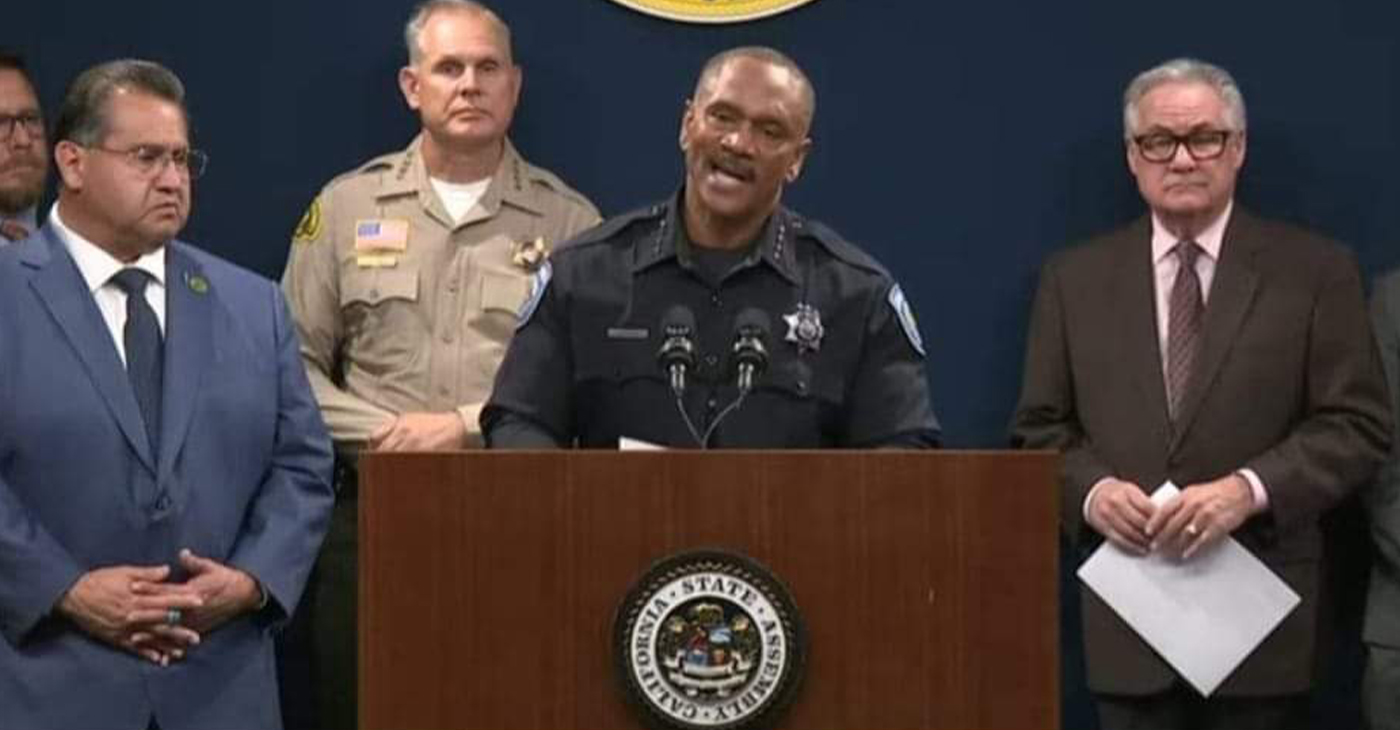
By California Black Media
Fed up with the alarming frequency of retail theft across California, including smash and grabs, a diverse group of business leaders, law enforcement officials, policymakers and public safety advocates joined their efforts in Sacramento on Jan. 24.
Their purpose: to increase public support for Assembly Bill (AB) 1772, a bill that would make jail time mandatory for repeat theft offenders.
Co-authored by Assemblymembers James C. Ramos (D-San Bernardino), Avelino Valencia (D-Anaheim) and Devon Mathis (R-Tulare), AB 1772 would require jail time “of one to three years for theft crimes depending upon the circumstances.
“Offenses would include grand theft, theft from an elder or dependent adult, theft or unauthorized use of a vehicle, burglary, carjacking, robbery, receiving stolen property, shoplifting or mail theft,” the bill language reads.
Ramos said the need to act is urgent.
“It’s time for us to reverse the spikes in theft crimes since the pandemic. Our law enforcement members and district attorneys need additional tools such as AB 1772. We must reverse the trend before the problem grows worse. Last year I requested a state audit of the impact of Prop 47 on Riverside and San Bernardino counties,” said Ramos.
Prop 47 is the California initiative, approved by voters in 2014, that reclassified some felonies to misdemeanors and raised the minimum amount for most misdemeanor thefts from $400 to $950.
According to a Public Policy Institute of California (PPIC) report, the rate of occurrence of petty crimes like shoplifting and commercial burglaries have increased by double digits over the last four years.
In Orange County alone, commercial burglaries have spiked by 54%.
“Our communities are experiencing an increase in retail crime and deserve appropriate action from their legislators,” Valencia said.
San Bernardino County Sheriff Shannon Dicus thanked Ramos.
“This bill, designed to impose stricter penalties on serial retail theft suspects, responds urgently to the escalating consequences of shoplifting and related crimes on our communities,” he said.
AB 1772 supporters who spoke at the gathering included Sacramento Sheriff Jim Cooper and San Bernardino Chief of Police Darren Goodman. Listed as supporters are the California State Sheriff’s Association, City of Riverside Police Chief Larry Gonzalez and Redlands Chamber of Commerce.
Activism
Oakland Post: Week of April 17 – 23, 2024
The printed Weekly Edition of the Oakland Post: Week of April 17 – 23, 2024

To enlarge your view of this issue, use the slider, magnifying glass icon or full page icon in the lower right corner of the browser window. ![]()
-

 Activism4 weeks ago
Activism4 weeks agoOakland Post: Week of March 27 – April 2, 2024
-
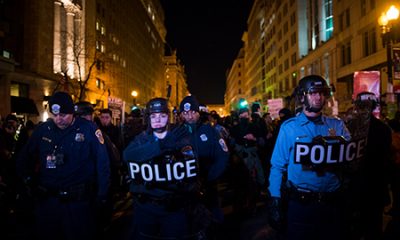
 #NNPA BlackPress4 weeks ago
#NNPA BlackPress4 weeks agoCOMMENTARY: D.C. Crime Bill Fails to Address Root Causes of Violence and Incarceration
-

 #NNPA BlackPress4 weeks ago
#NNPA BlackPress4 weeks agoMayor, City Council President React to May 31 Closing of Birmingham-Southern College
-
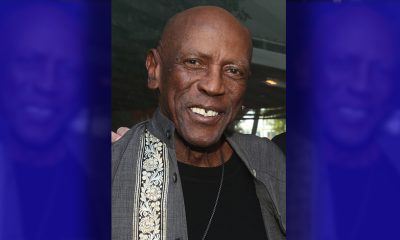
 #NNPA BlackPress4 weeks ago
#NNPA BlackPress4 weeks agoBeloved Actor and Activist Louis Cameron Gossett Jr. Dies at 87
-
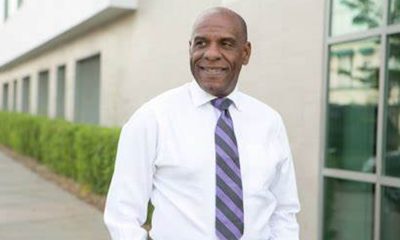
 Community1 week ago
Community1 week agoFinancial Assistance Bill for Descendants of Enslaved Persons to Help Them Purchase, Own, or Maintain a Home
-

 Activism3 weeks ago
Activism3 weeks agoOakland Post: Week of April 3 – 6, 2024
-

 Business1 week ago
Business1 week agoV.P. Kamala Harris: Americans With Criminal Records Will Soon Be Eligible for SBA Loans
-
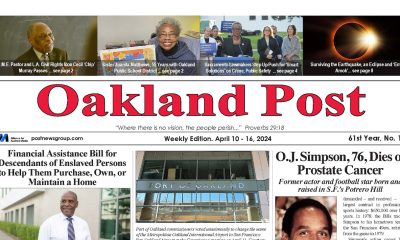
 Activism2 weeks ago
Activism2 weeks agoOakland Post: Week of April 10 – 16, 2024



